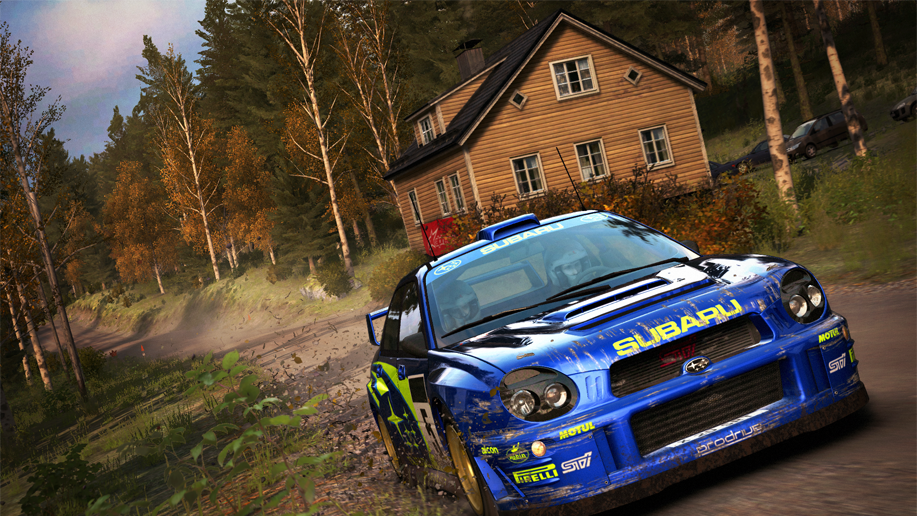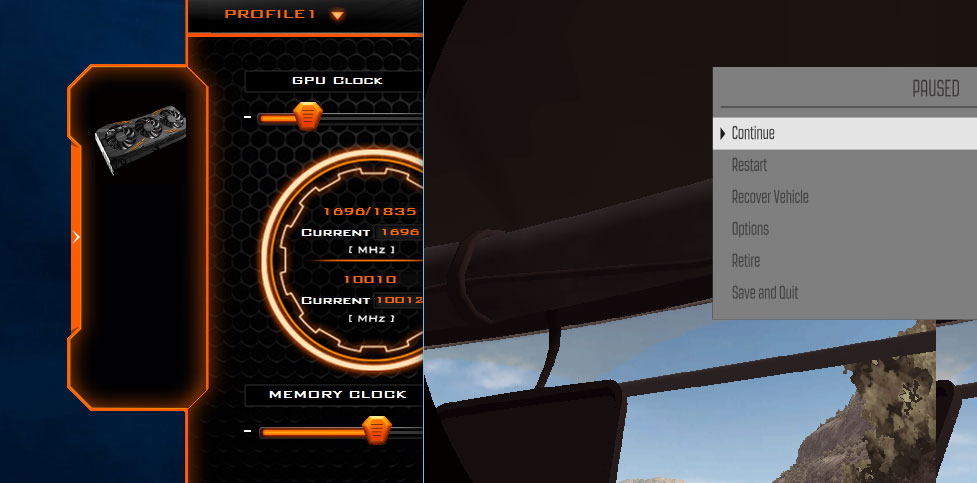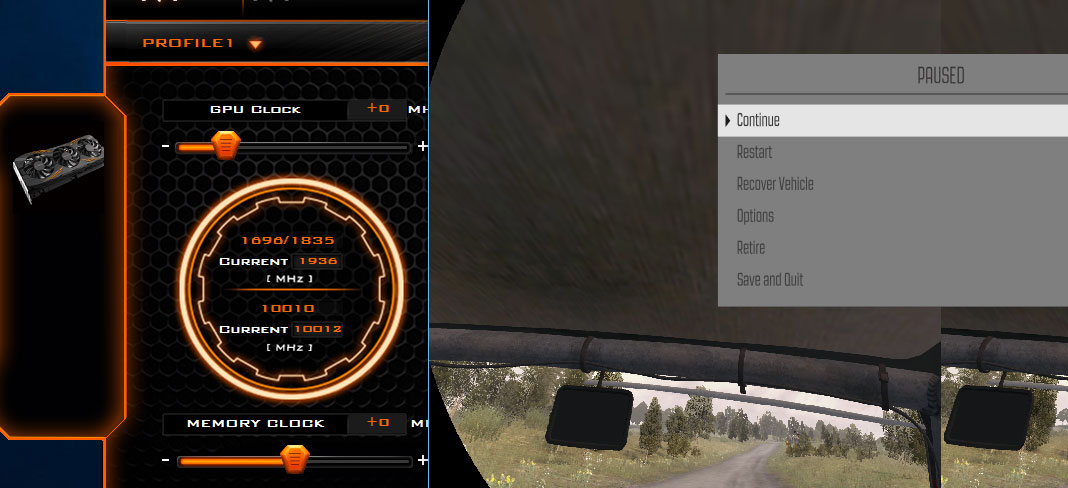If Your GPU Isn’t Boosting In 'Dirt Rally VR' Turn Up Your Settings
Recently, we discovered that there was an issue with Nvidia’s GeForce GTX 10-series cards that prevented the boost clock from kicking in while playing VR games. Nvidia addressed that problem with a driver update last week, but some people still reported on Reddit that their GPUs still weren’t boosting while playing Dirt Rally. We expected this to be a remnant of the same underlying problem, but after some tests, we discovered that it’s not a problem after all.
The original issue was strictly limited to the 10-series cards. We did some internal testing to confirm that the boost issue didn’t affect Maxwell cards at all. However, the Dirt Rally VR boost clock issue is not limited to 10-series cards.
Initially, we were going to limit the test to three Gigabyte graphics cards. We had a GTX 970 G1 Gaming, a GTX 980 Ti Xtreme Gaming, and a GTX 1080 G1 Gaming, but when our findings didn’t match with our expectations, we added a Zotac GTX 980 Ti Amp! Extreme to rule out any discrepancy.
Thanks to Nvidia’s recent boost clock issue, which ironically surfaced in the Dirt Rally VR Game Ready driver release, and the initial reports on Reddit from 10-series owners, we expected the GTX 1080 to be the only card that didn’t boost. In reality, the GTX 970 was the only card that actually triggered the boost clock. As mentioned, we ran an additional test with the Zotac GTX 980 Ti to make sure there wasn’t an issue with our Gigabyte example, but it failed to trigger the boost clock as well.
At this point, we assumed that we were dealing with a GPU load problem. We initially fired up the game with the GTX 970 installed and it automatically set the graphics settings to Ultra Low. We also ran the tests with the more powerful GPUs with Ultra Low settings to keep things consistent. It turns out that the Ultra Low preset doesn’t tax a GTX 980 Ti or a GTX 1080 enough to warrant the boost clock, though.
To test that theory, we adjusted the graphics quality settings up to medium presets and then to high presets. In both cases, the GPU boost clock kicked in as you’d expect. Out GTX 1080 was hitting a healthy 1938MHz while playing at the higher settings. Be careful not to push the limits of your PCs graphics capabilities, though. I started getting a bit dizzy when testing the high preset.
Get Tom's Hardware's best news and in-depth reviews, straight to your inbox.
Kevin Carbotte is a contributing writer for Tom's Hardware who primarily covers VR and AR hardware. He has been writing for us for more than four years.



